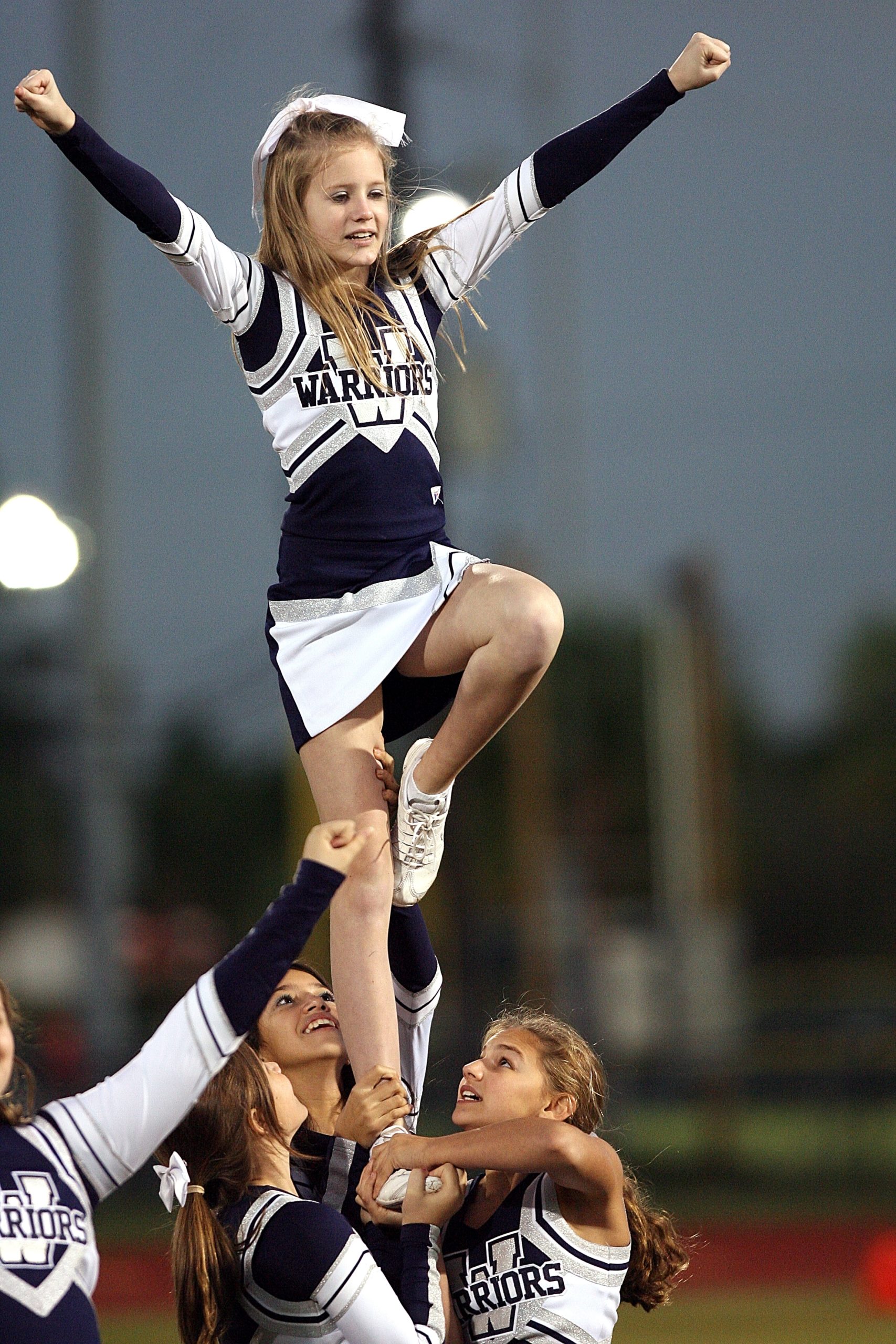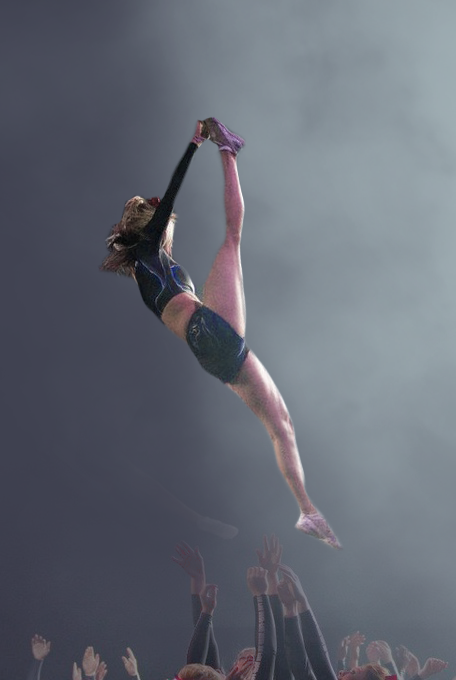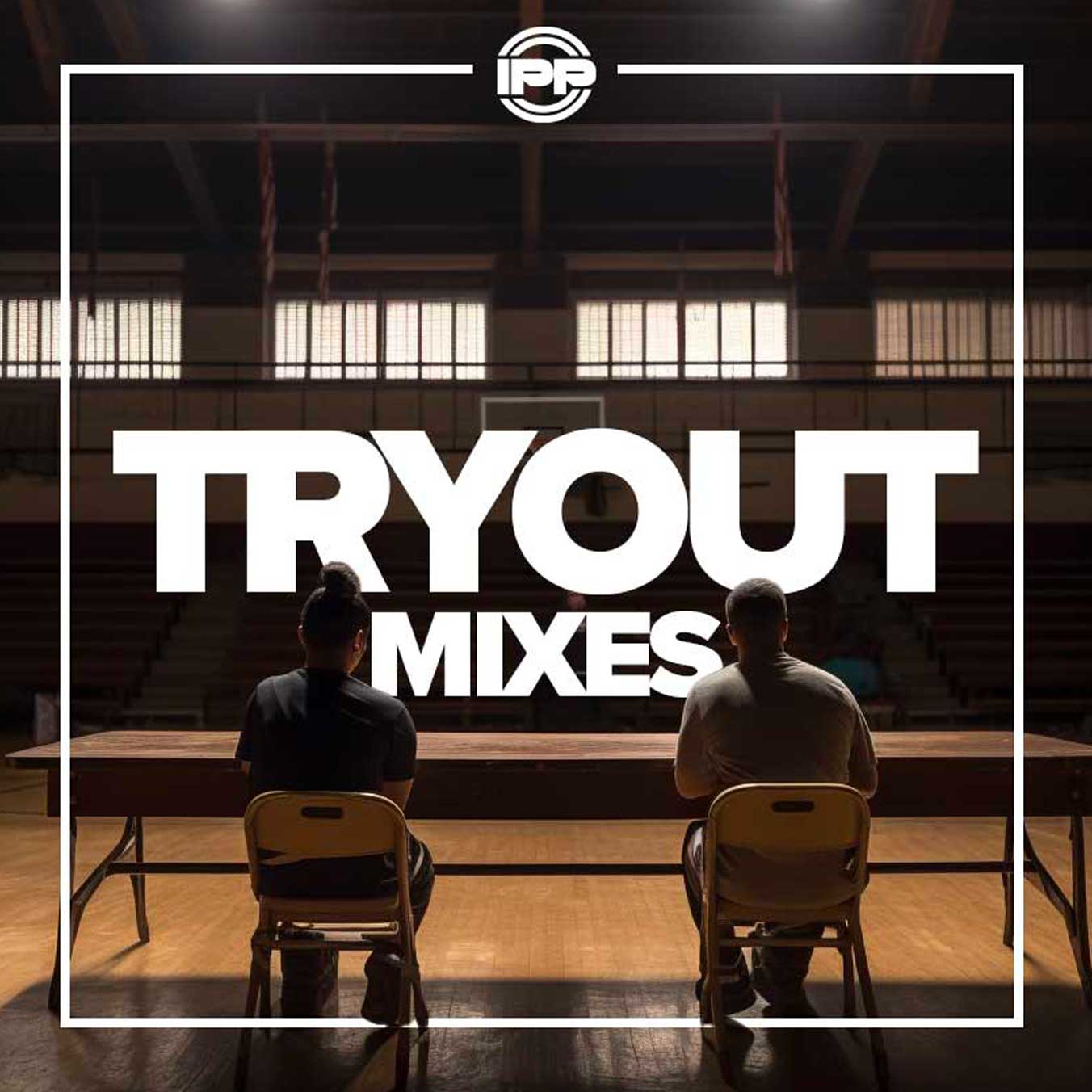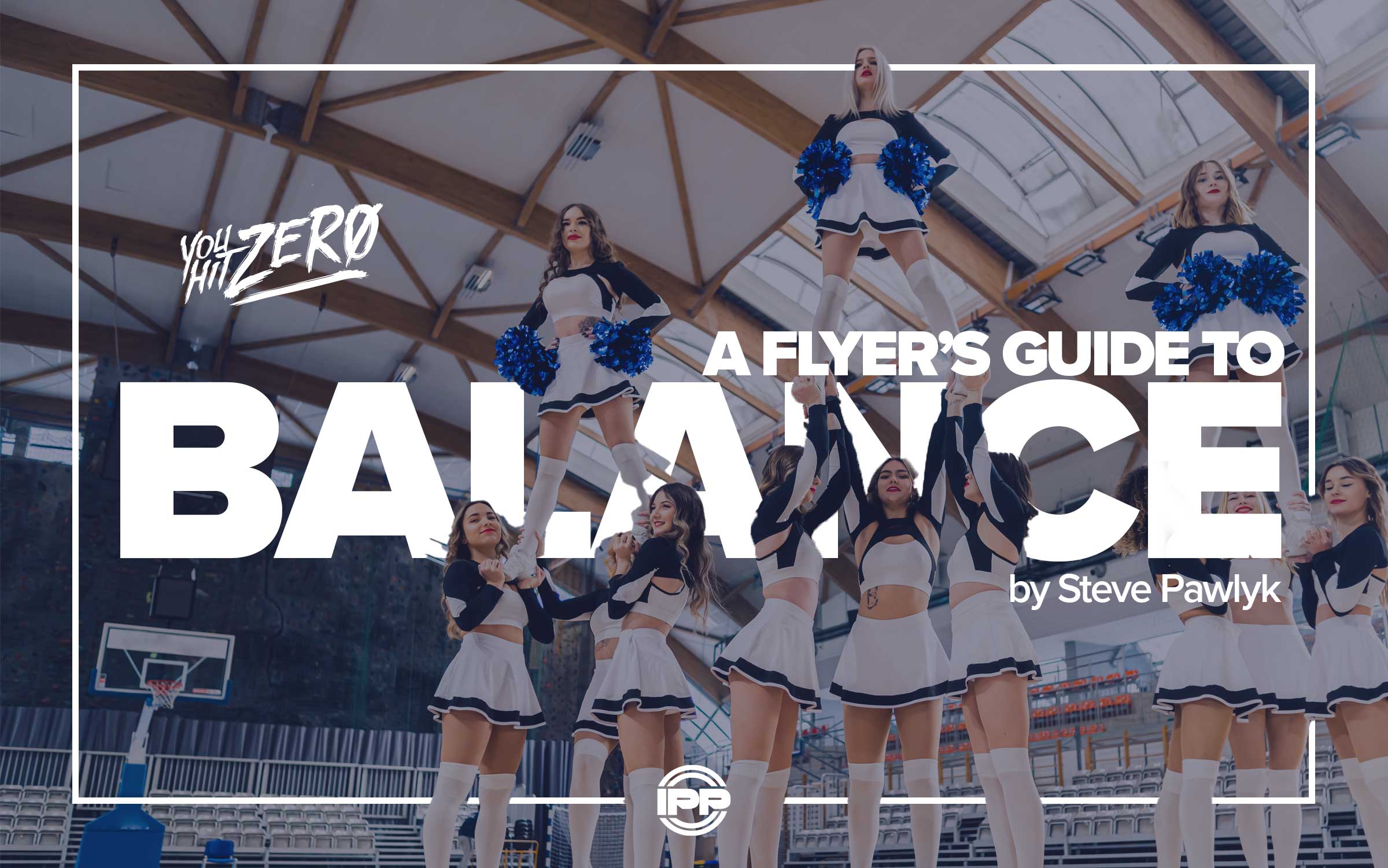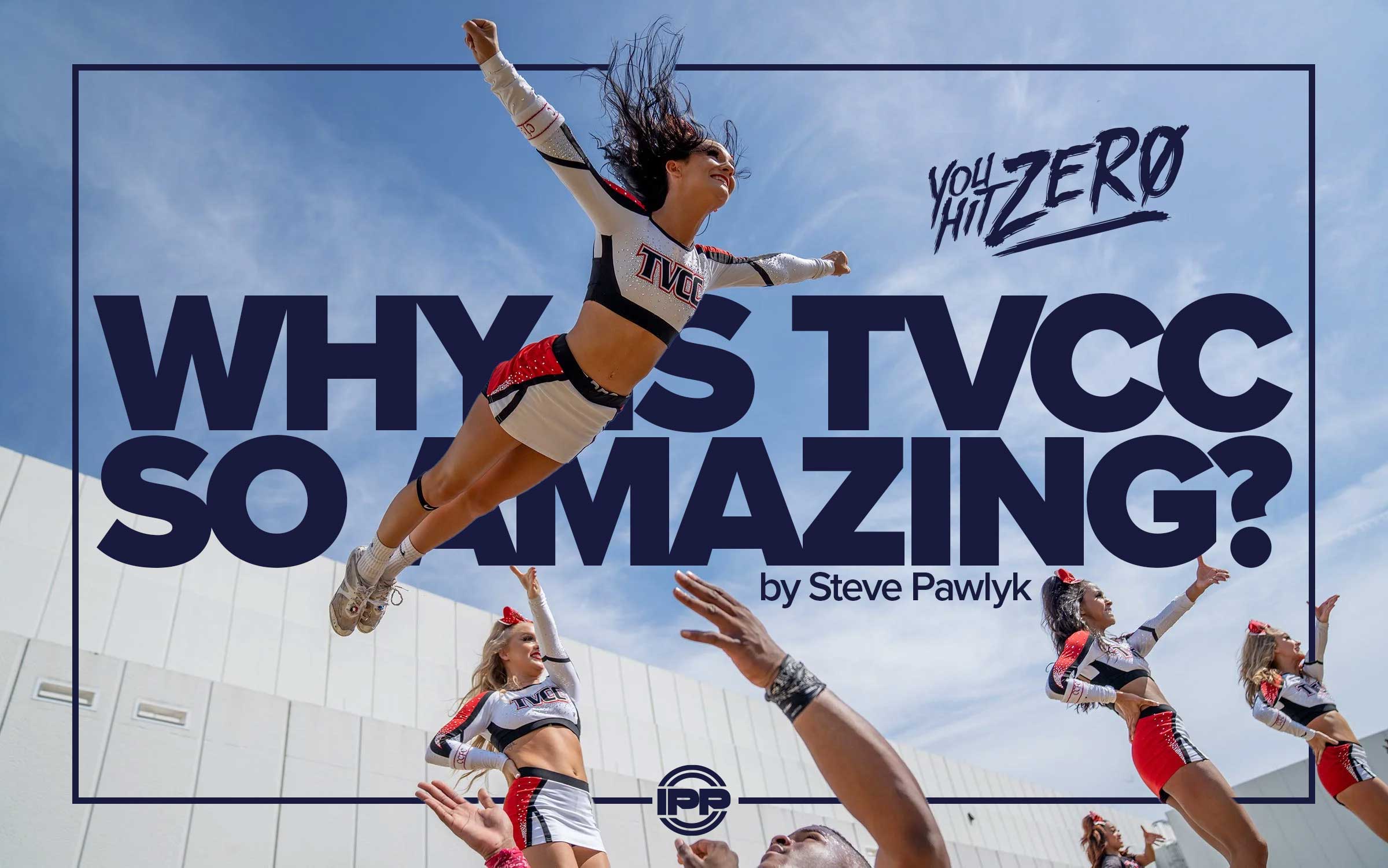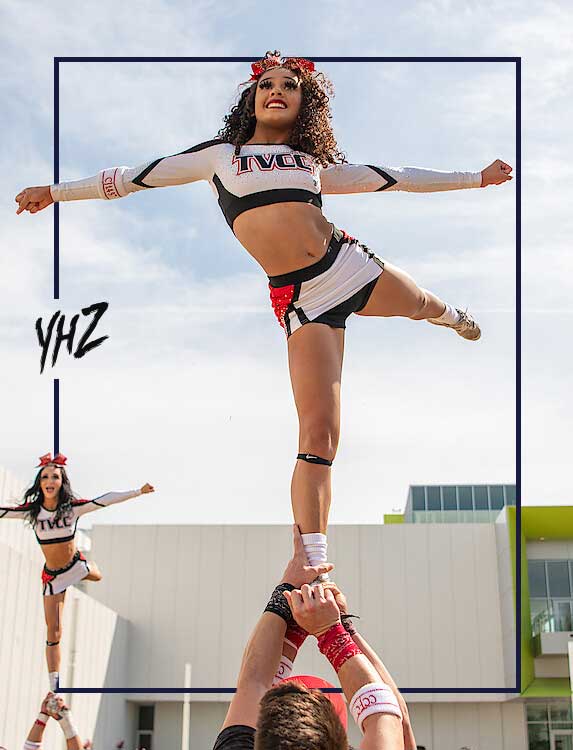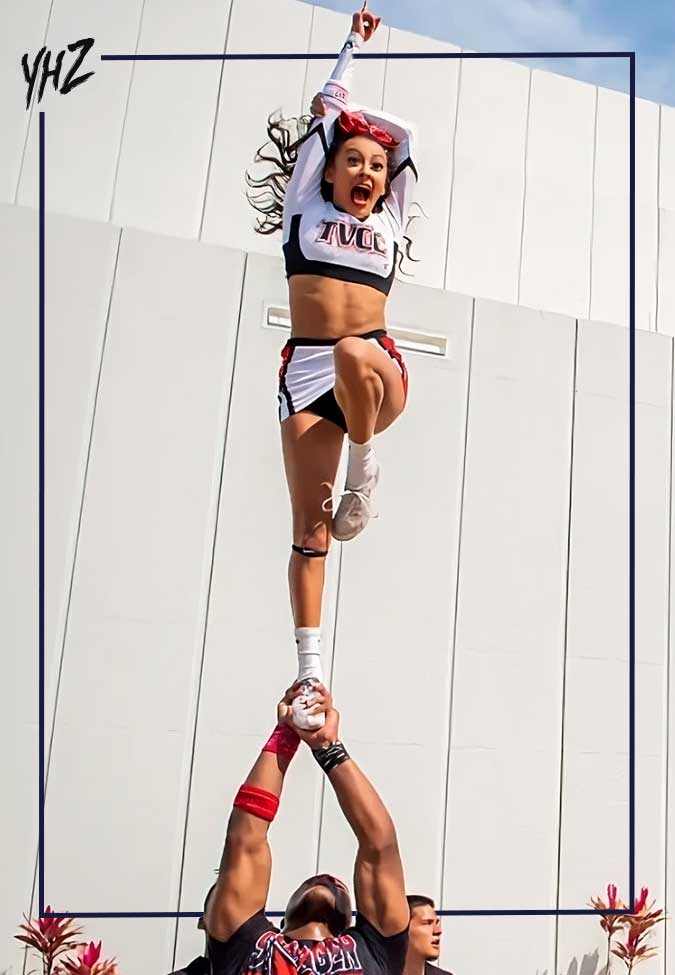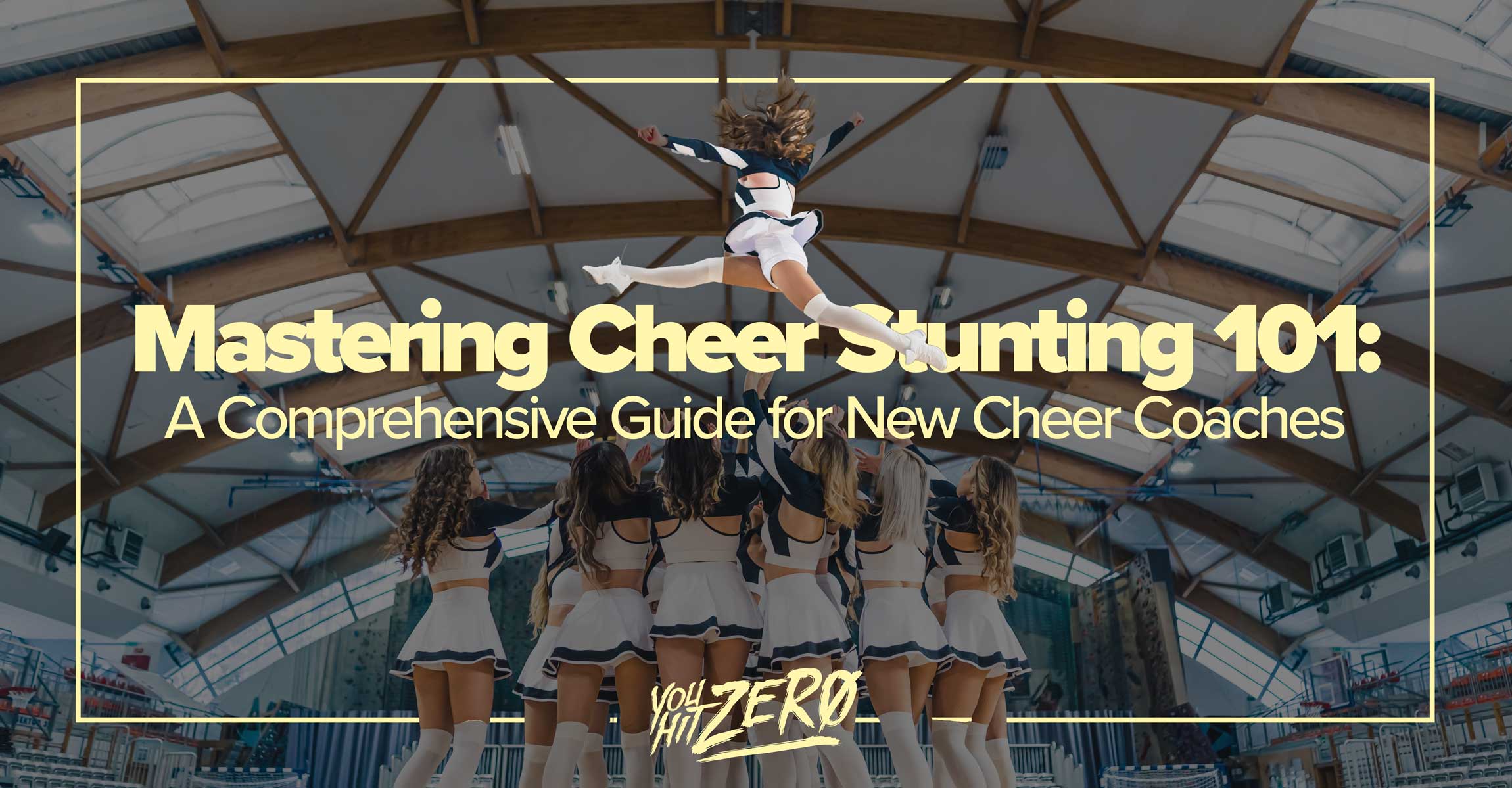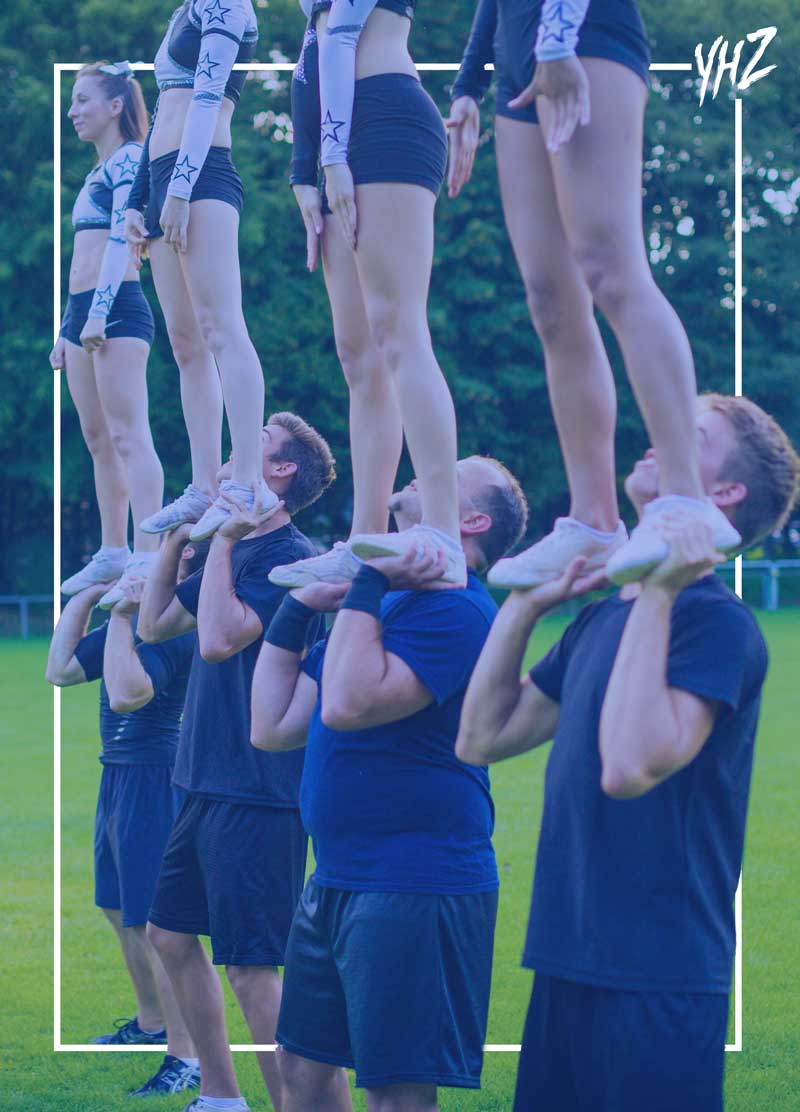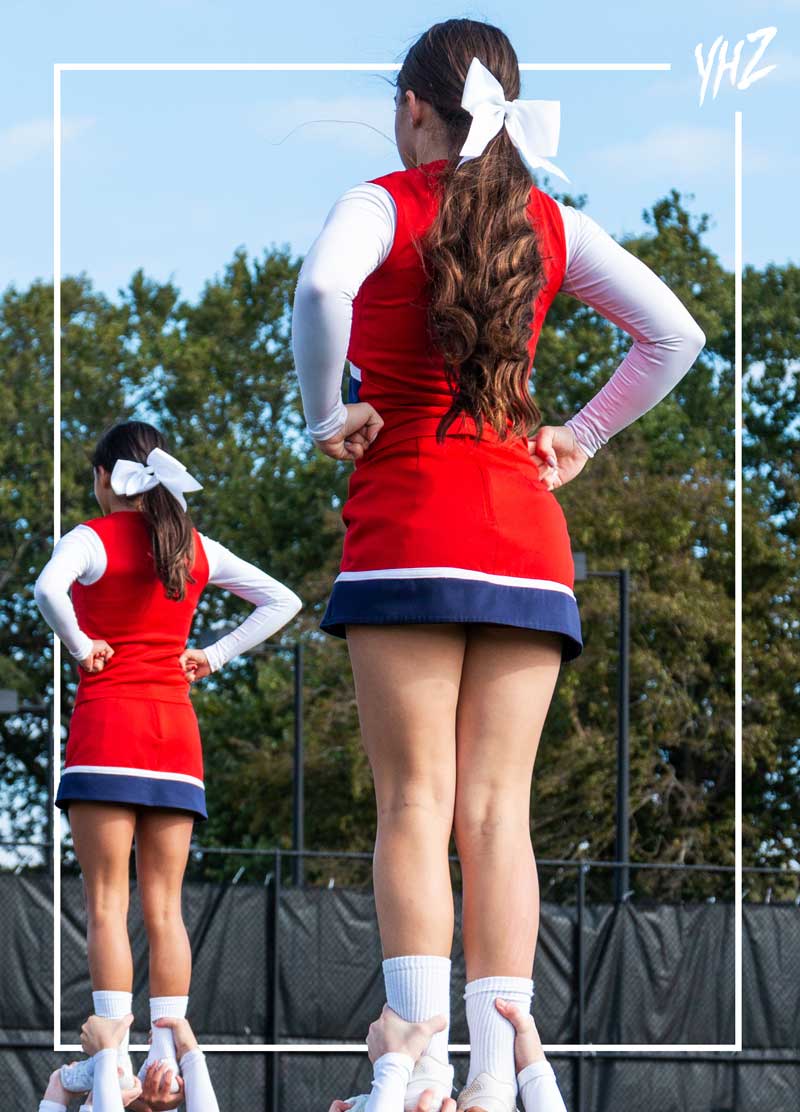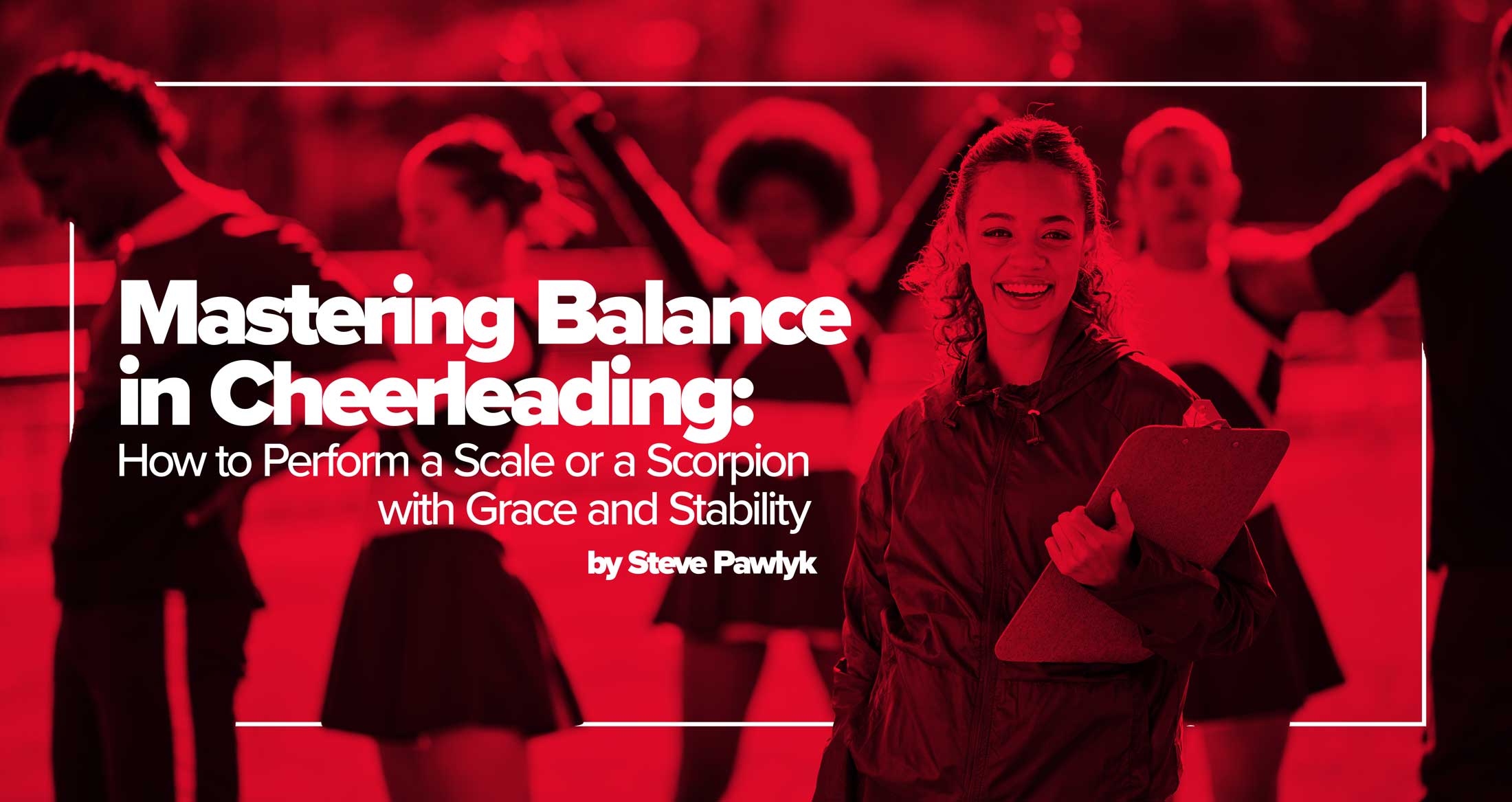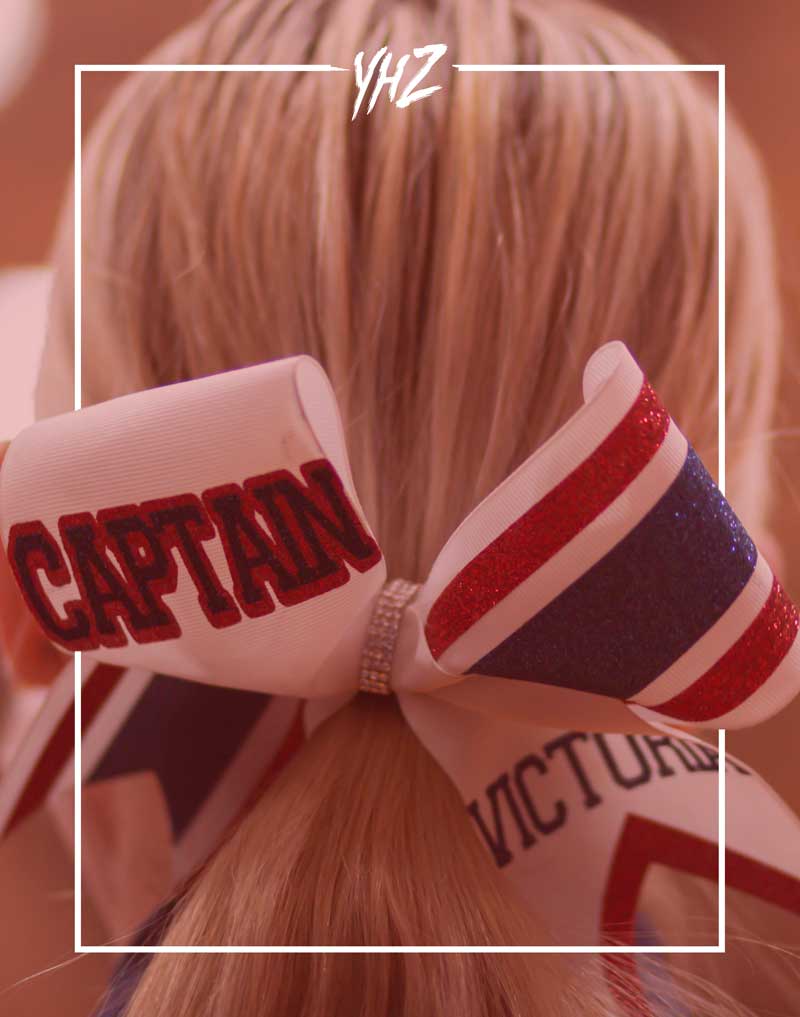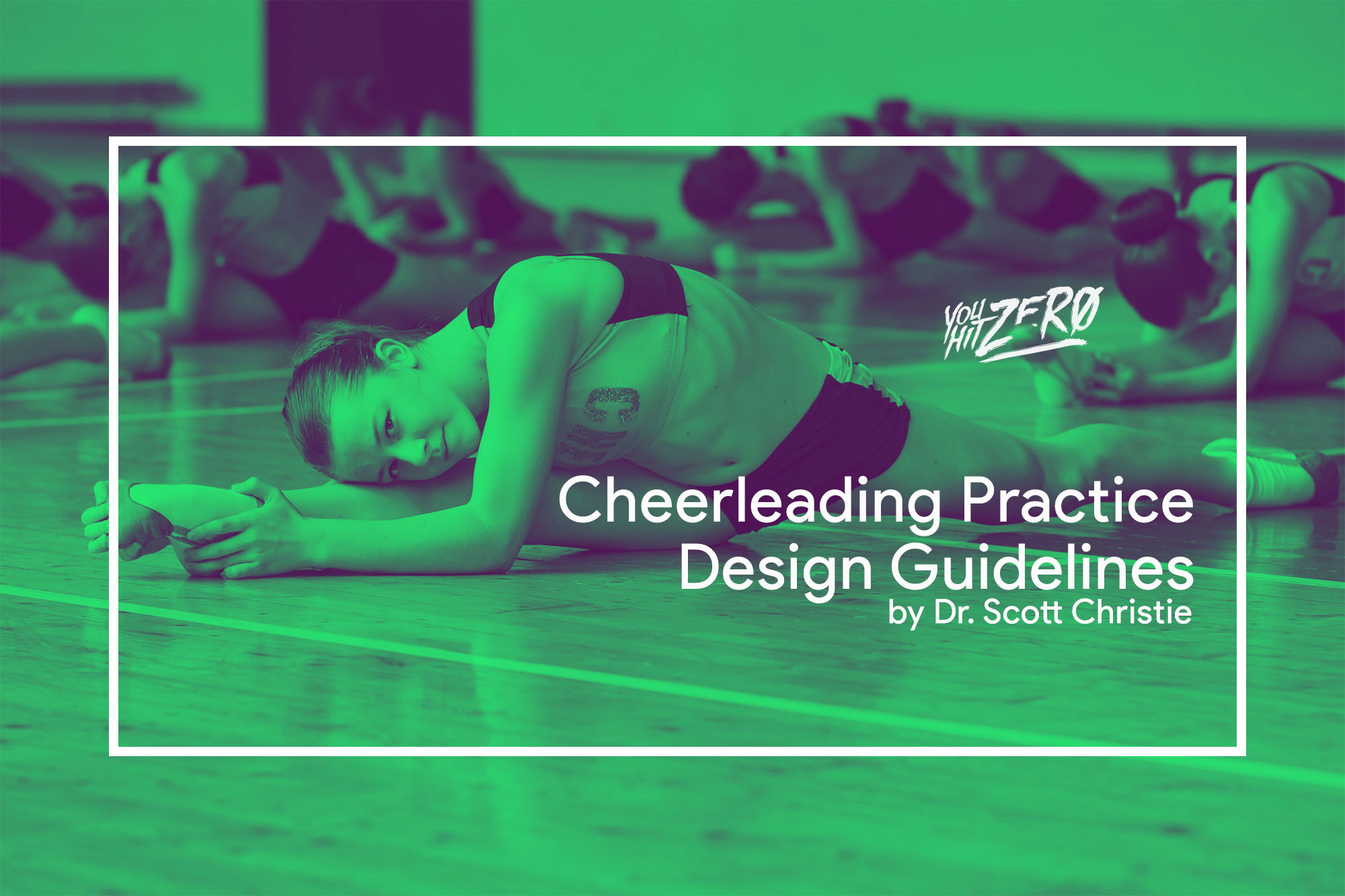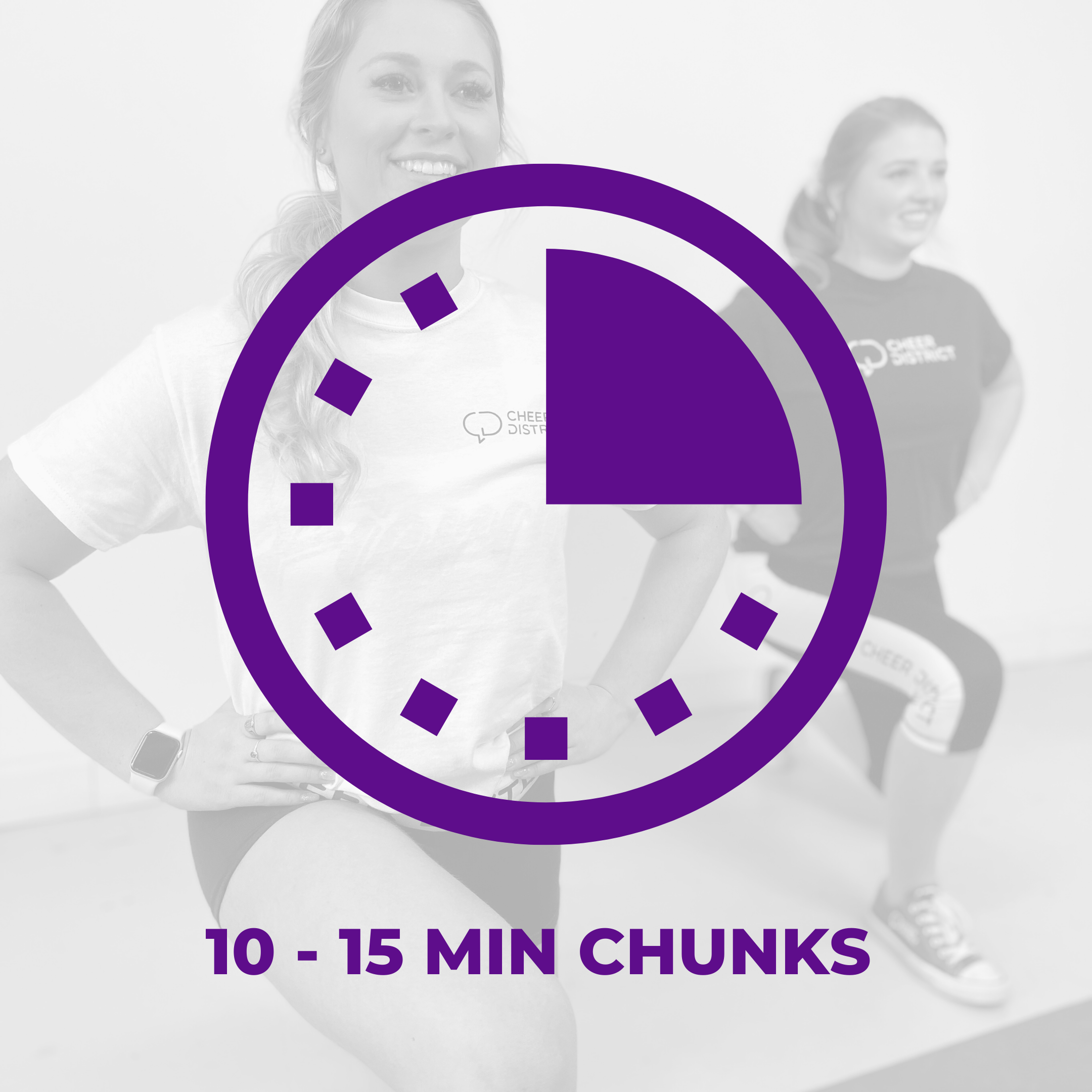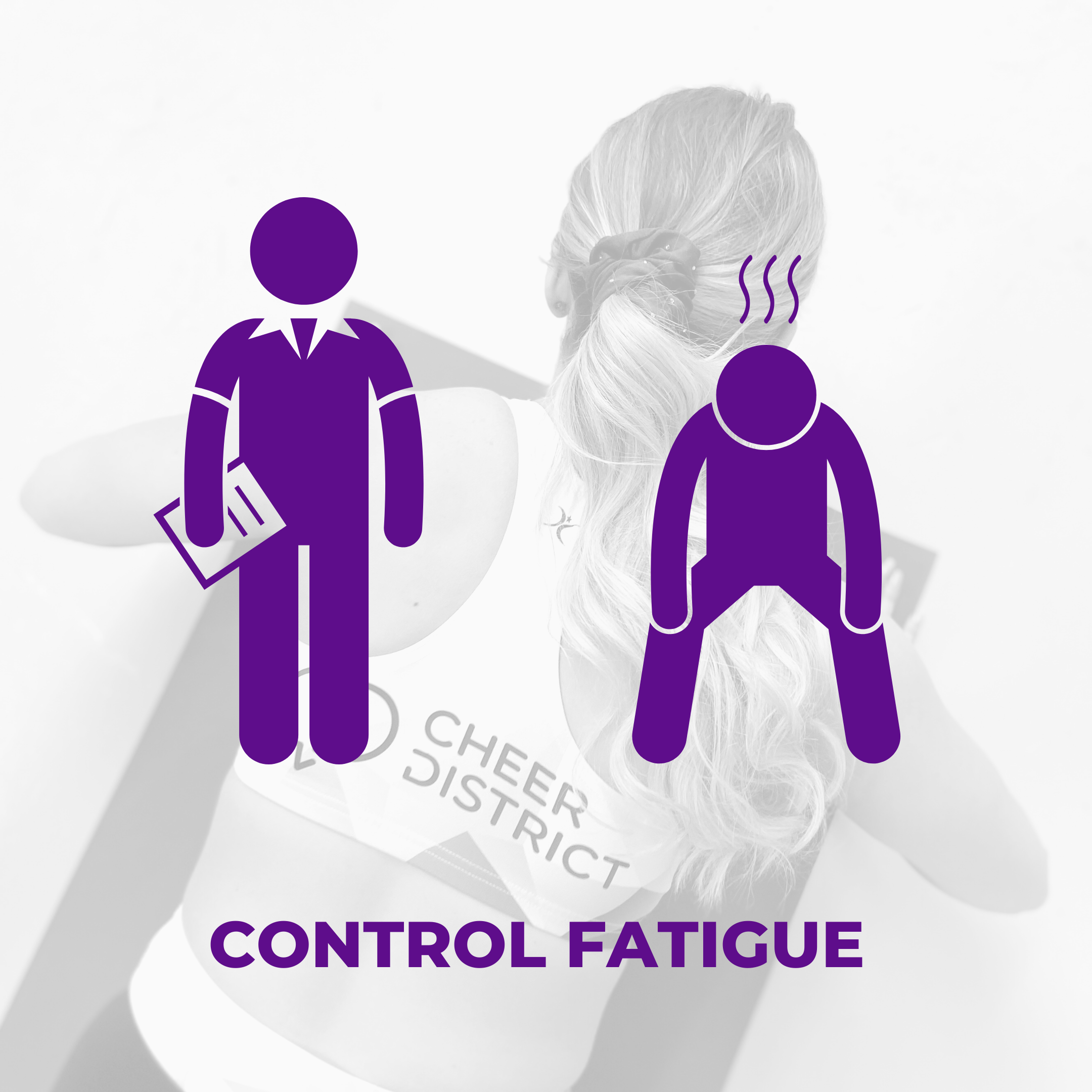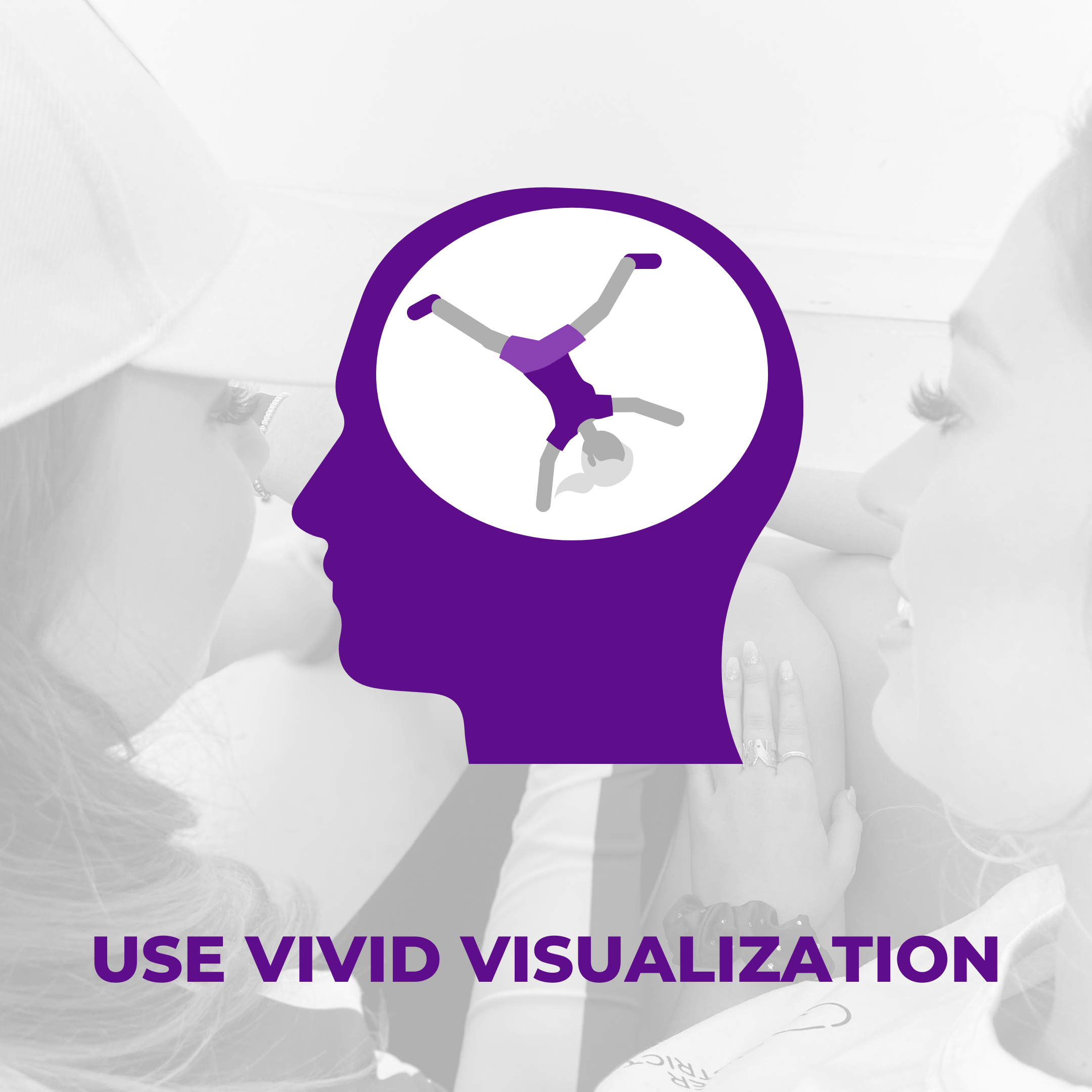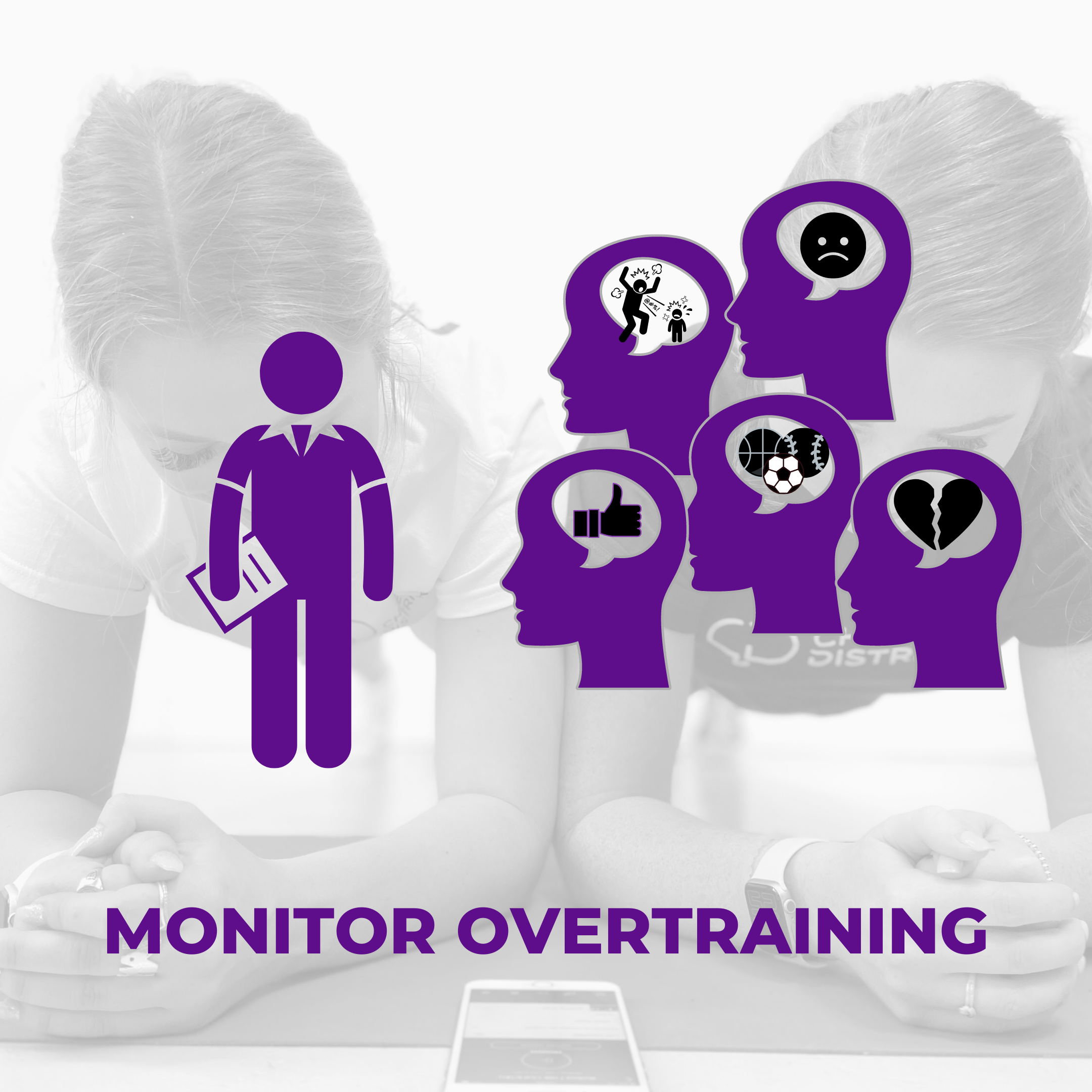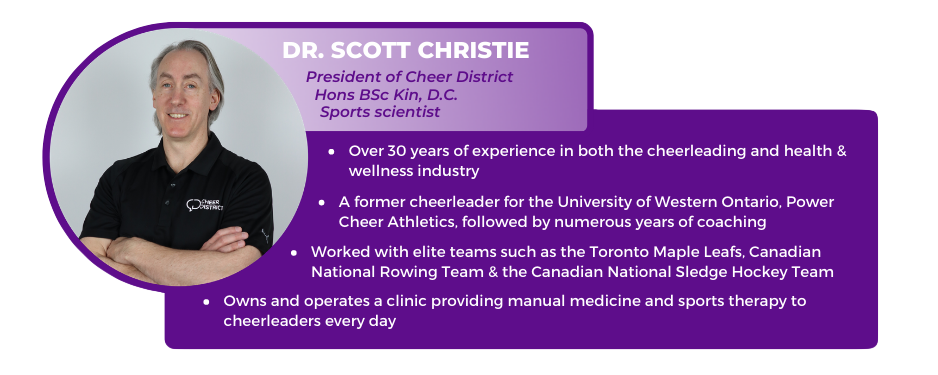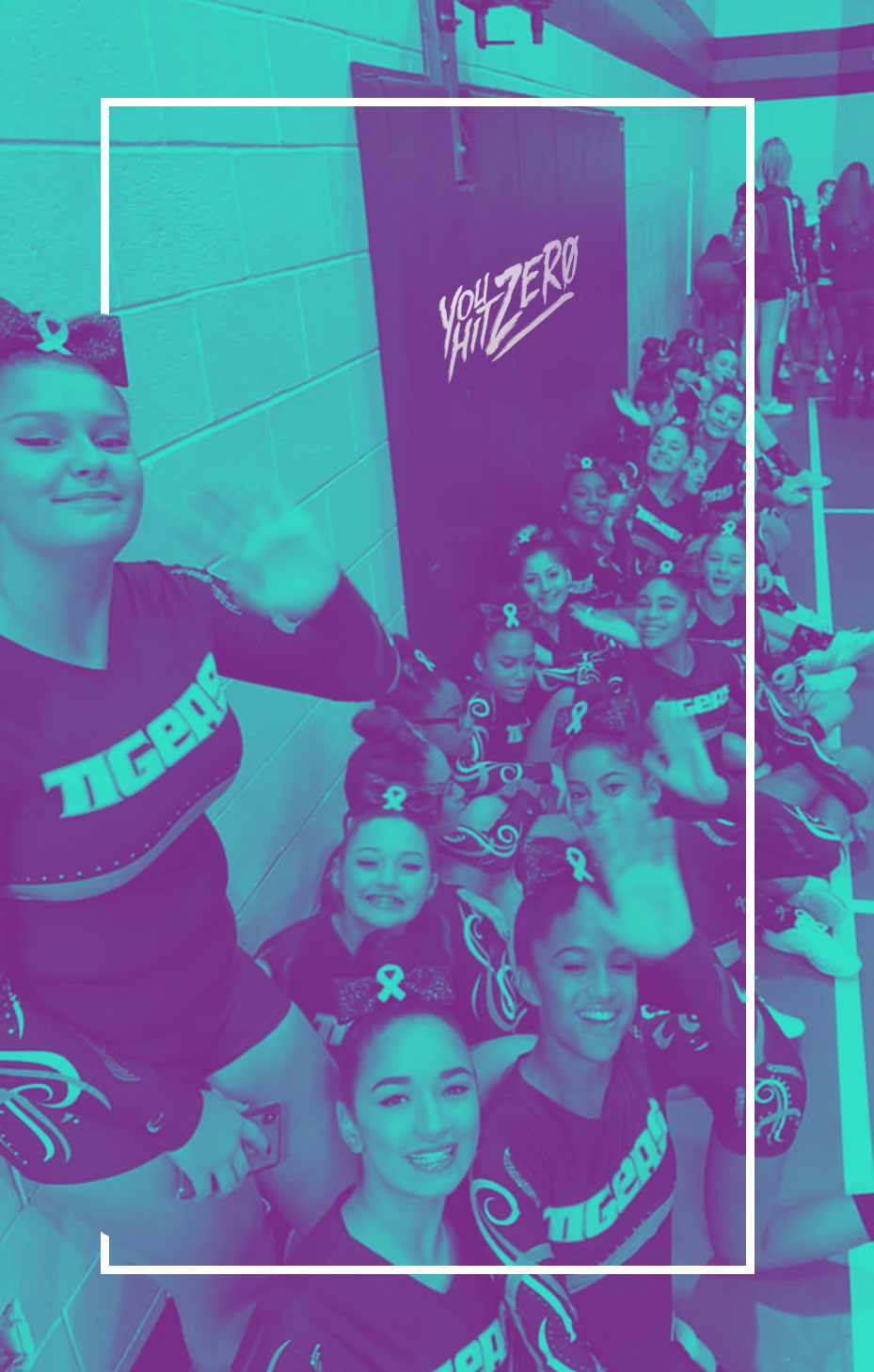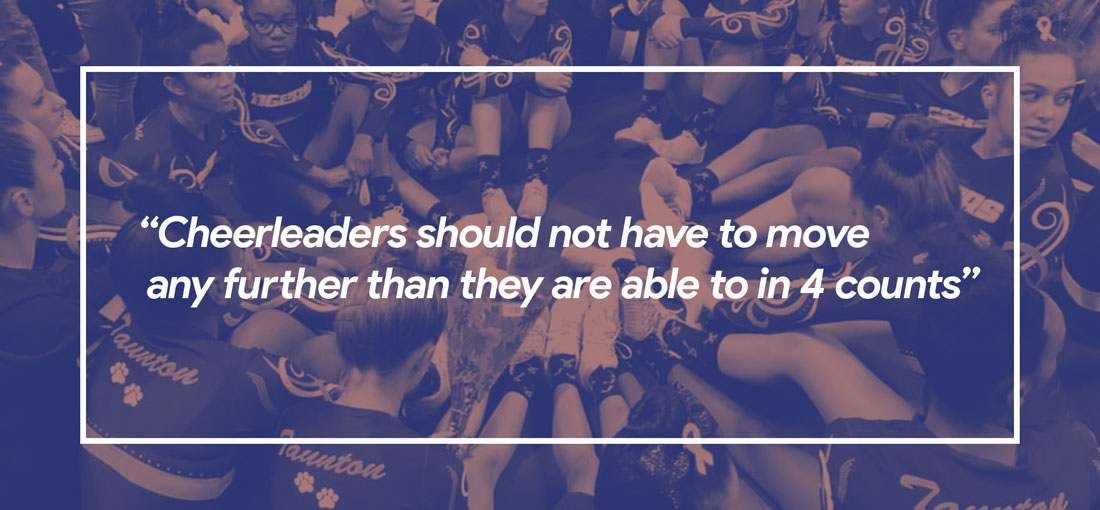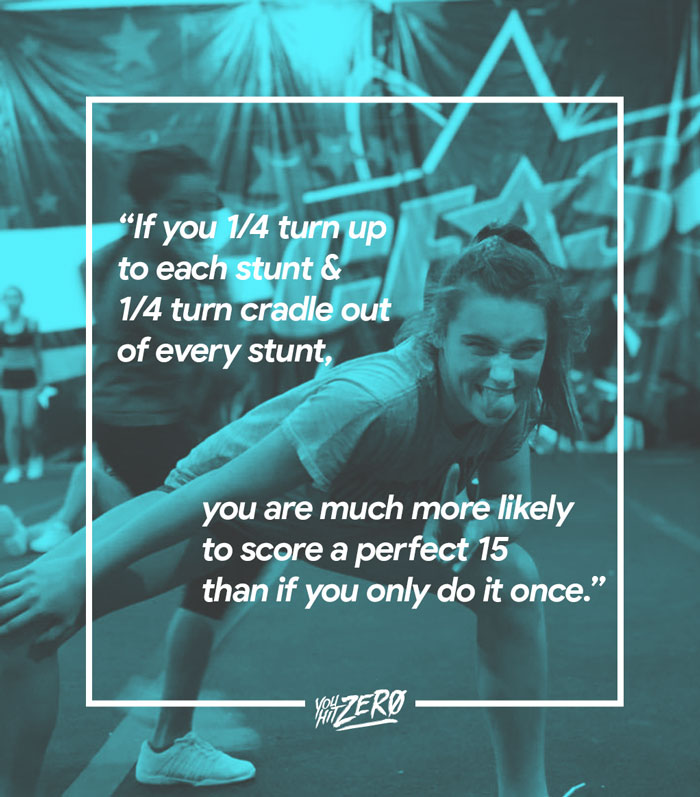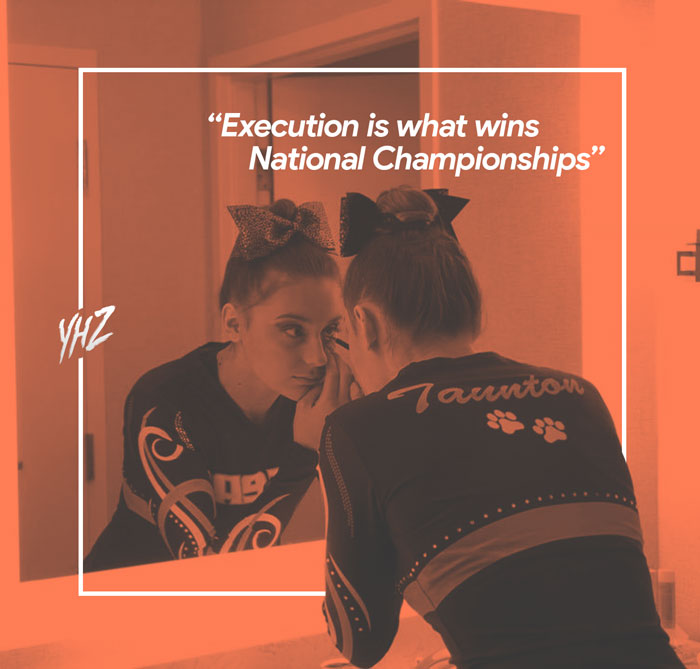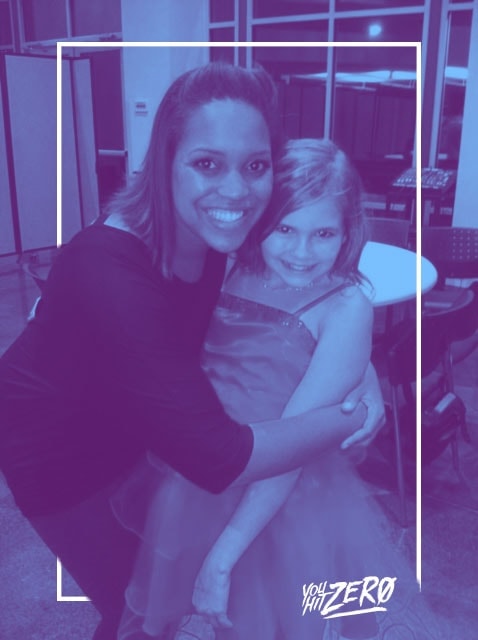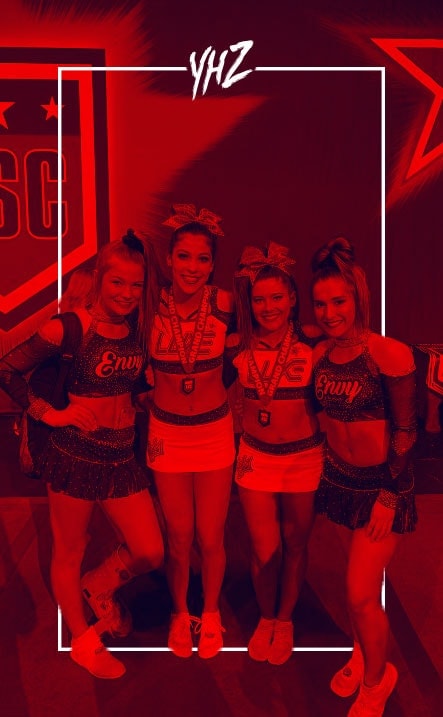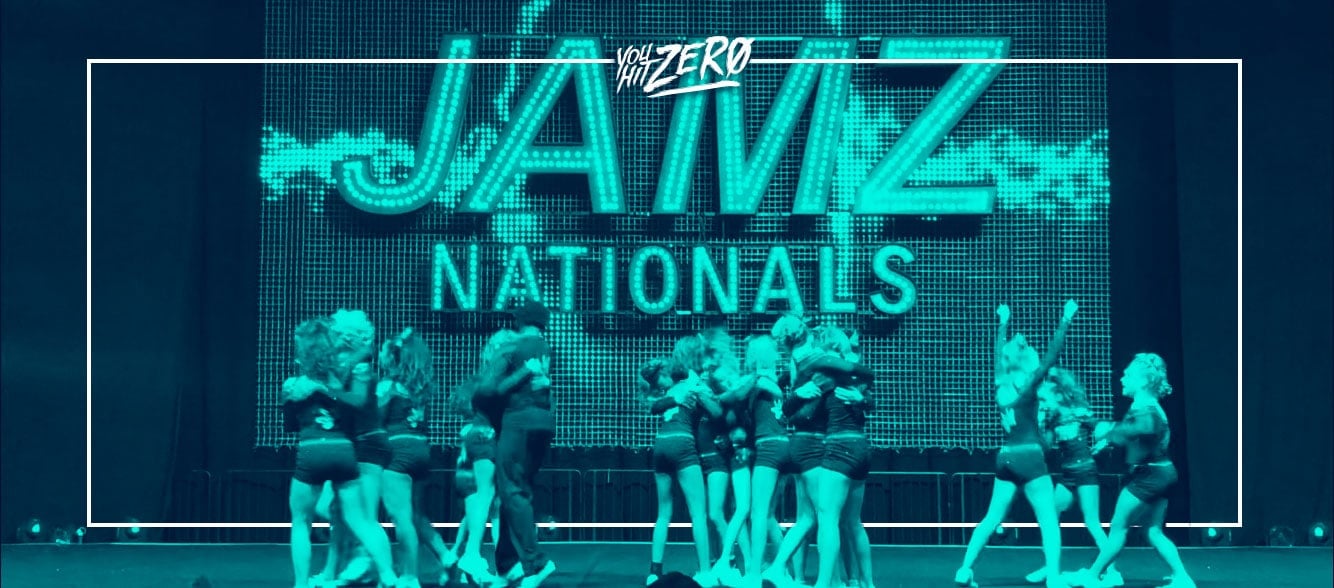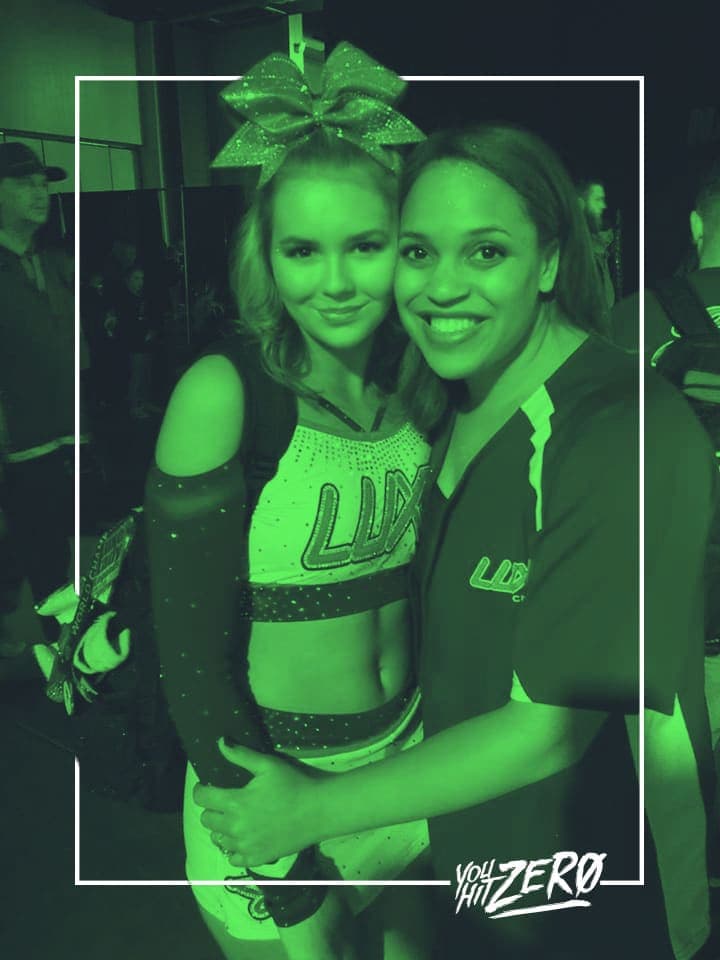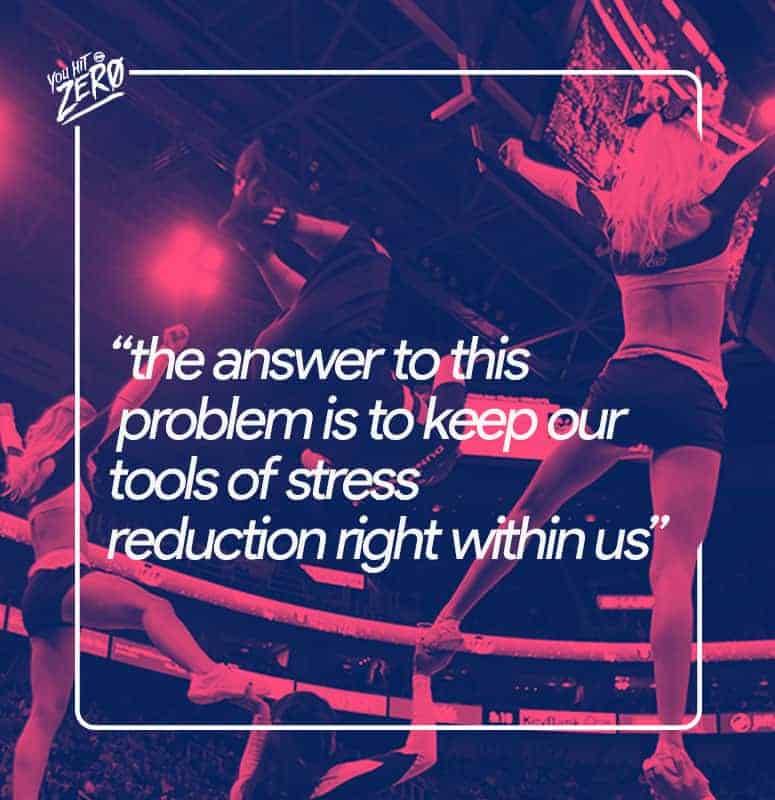By Steve Pawlyk
Published July 19, 2023
Balance, a fundamental concept in cheerleading, is often misunderstood, particularly in the role of the Flyer. The position’s nuances are vast, and while balance is indeed an integral part of it, the way flyers approach balance may surprise you. Today we’re gonna debunk some common misconceptions about flyers and their role in the balancing act that makes up an eye-catching stunt.
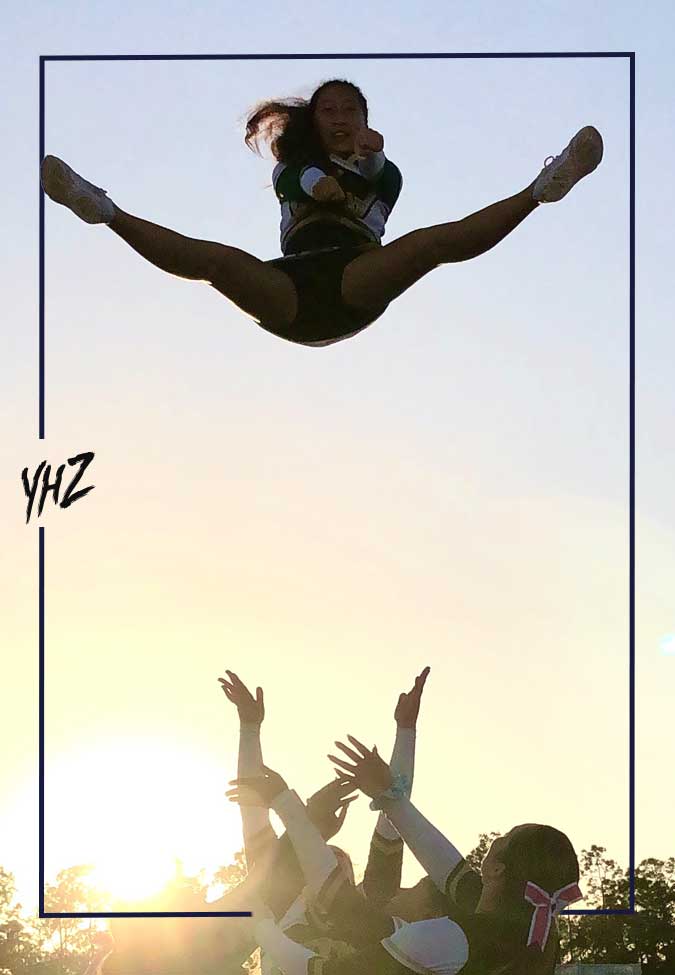
Redefining Balance
Let’s start by redefining balance in the context of cheerleading, particularly when it comes to flyers. While walking a tightrope or riding a bike, balance is primarily about the person’s ability to maintain their center of gravity. They can move their arms, legs, bend their hips, and do just about anything to keep themselves from falling. But for a flyer, it’s a different story.
The Flyer’s Role
A flyer’s job isn’t to perform 100% of the balancing act. They have bases beneath them to support their balance. So, if a flyer focuses solely on keeping themselves upright, it can result in too much movement, disrupting the base’s stability and potentially leading to a fall.
Instead, flyers should concentrate on drawing up to the center, contracting muscles in the right areas, and maintaining correct body lines. By doing so, the bases can more effectively perform their balancing tasks. Therefore, although a flyer’s role involves balance, it is a different kind of balance – a cooperative balance.
Balancing Practice for Flyers
A useful drill for developing this kind of cooperative balance involves body position holds with eyes closed. The goal is to keep the body still, maintaining perfect alignment. If the arms move away from the body or the line is broken, the exercise fails. With this practice, flyers focus on feeling the right muscle engagement and learn to move less to balance more effectively. The closed-eye aspect of the drill adds extra focus on bodily awareness, as the usual visual cues used for balancing are taken away.
This method helps flyers develop a more intuitive understanding of their body positioning and how it affects their balance in the air. It also facilitates communication and trust between the flyer and the bases.
The Coach’s Perspective
Coaches often overlook the unique balance demands of the flyer position. They may encourage flyers to maintain their balance independently, much like one would balance a broomstick on one’s hand. But the real challenge lies in harnessing the flyer’s potential to aid the balancing process.
Consider this analogy: a broomstick that maintains its straightness but adds a pull towards the center would be far easier to balance than a broomstick moving randomly. Flyers can be thought of similarly; they should participate in the balancing process but without causing unnecessary movements.
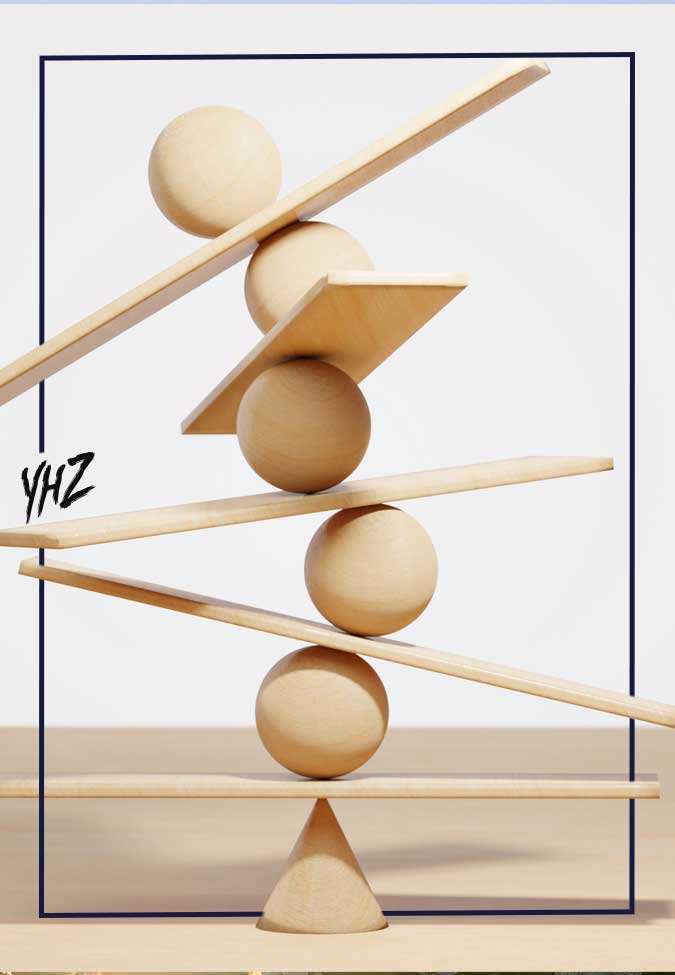
So, when we talk about balance in the context of a flyer in cheerleading, it’s not just about the flyer’s ability to stay upright. It’s about the flyer’s capability to hold their body lines, engage the right muscles, and contribute to a cooperative balance that allows their bases to support them effectively.
Understanding this distinction can make a world of difference in the execution of stunts and the overall safety of the team. It’s an art, a subtle dance of pulling, squeezing, and holding that, when done right, creates the breathtaking spectacle that is cheerleading.
IPP's Premade Mixes are USA Cheer Compliant and customizable! Add Sound FX, swap songs, & more! Add your Team Name to the mix for only $10!





